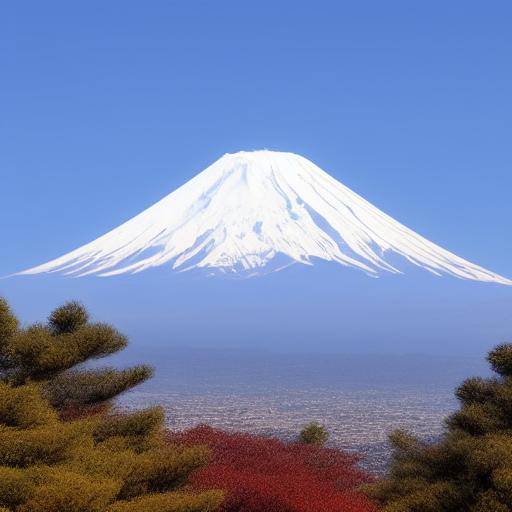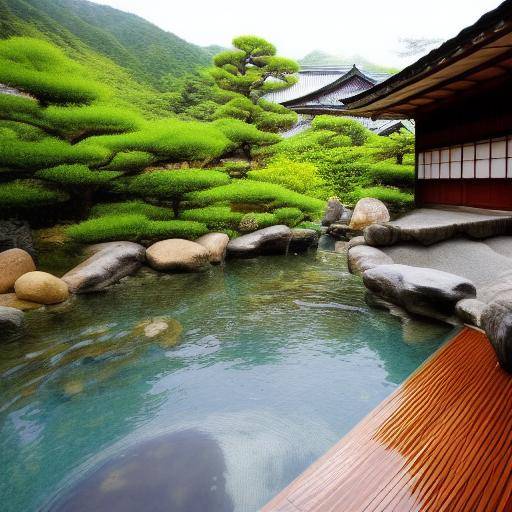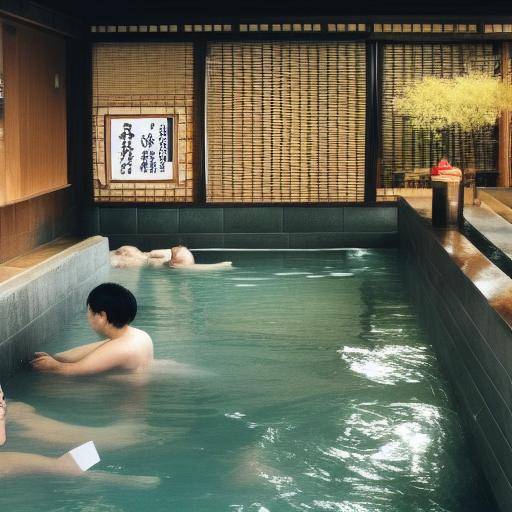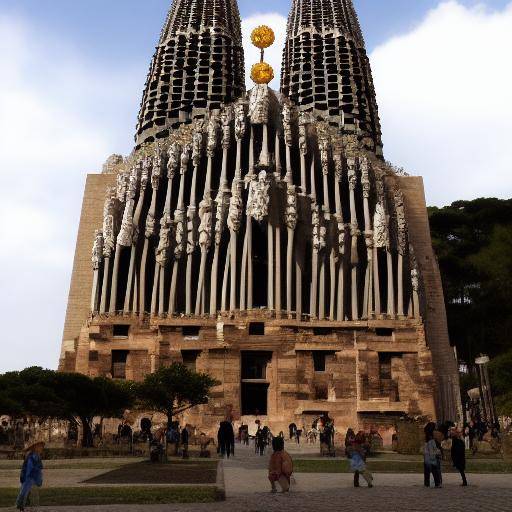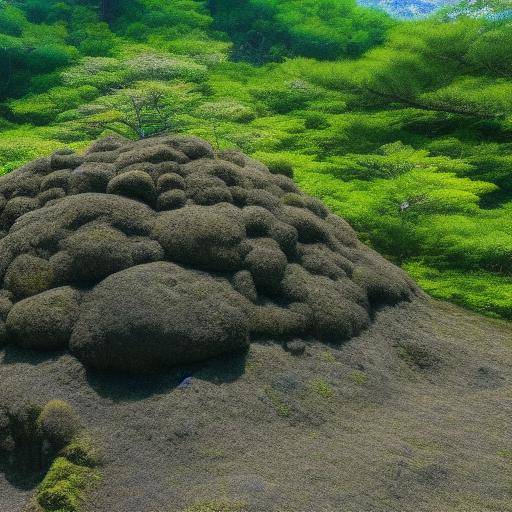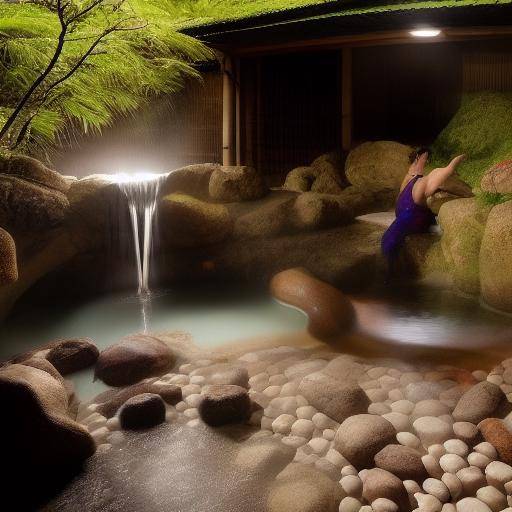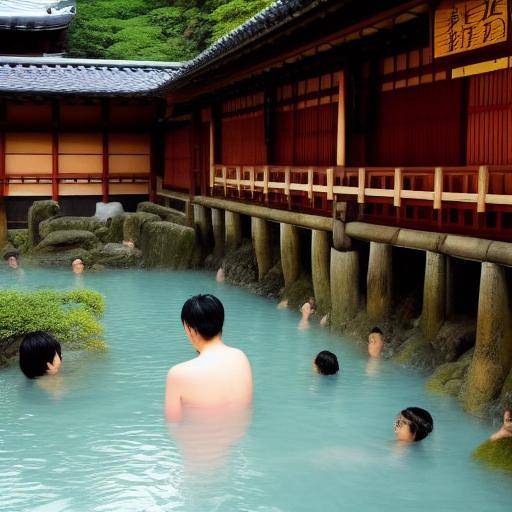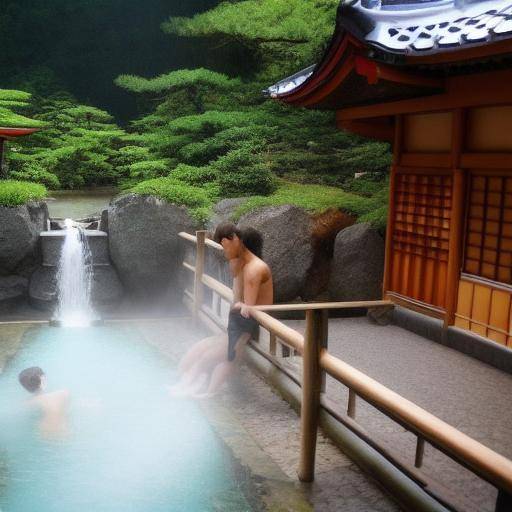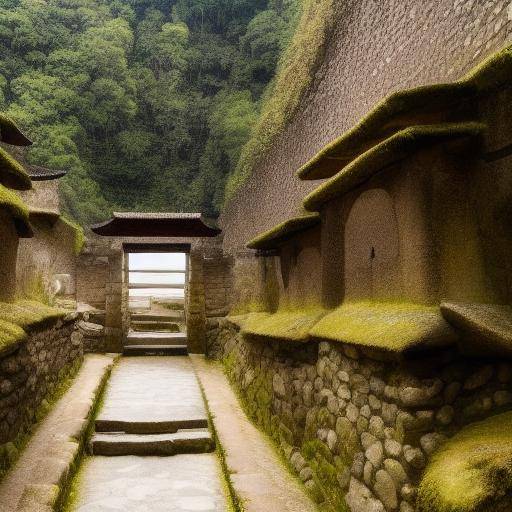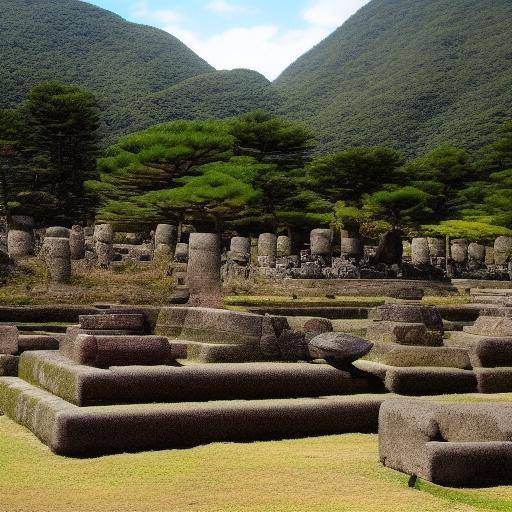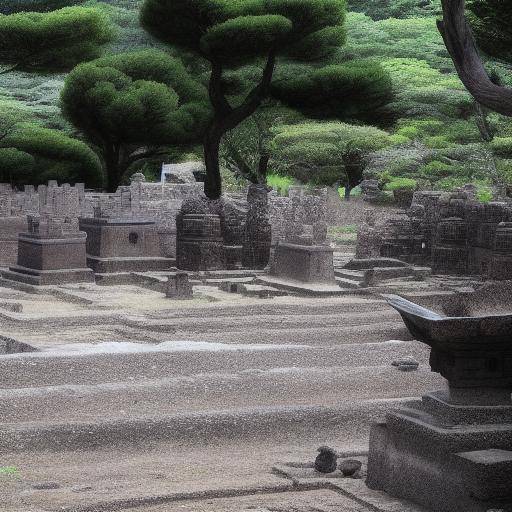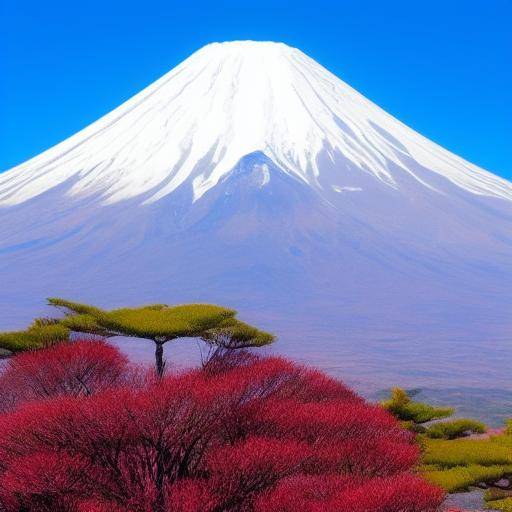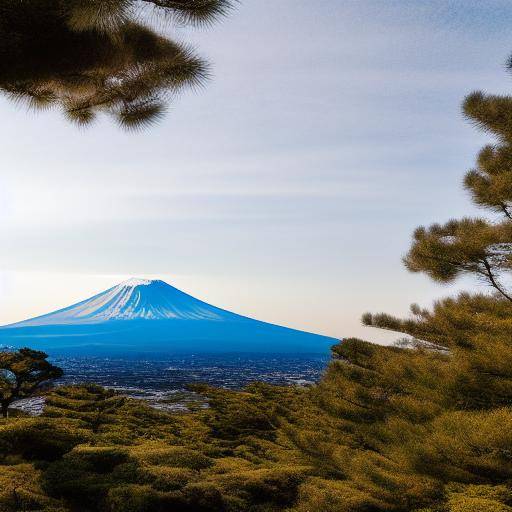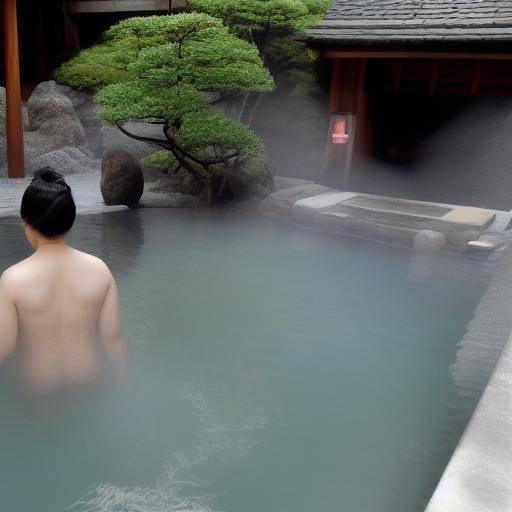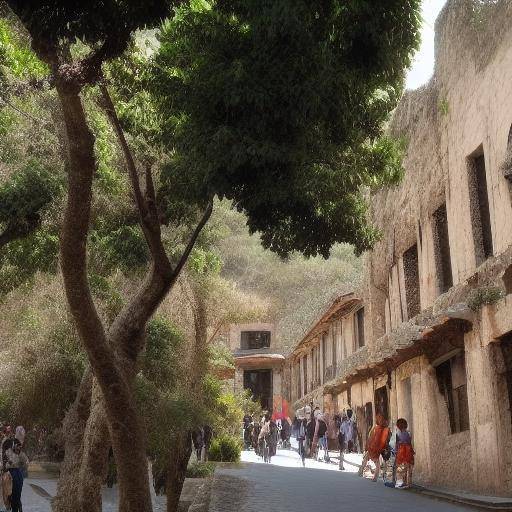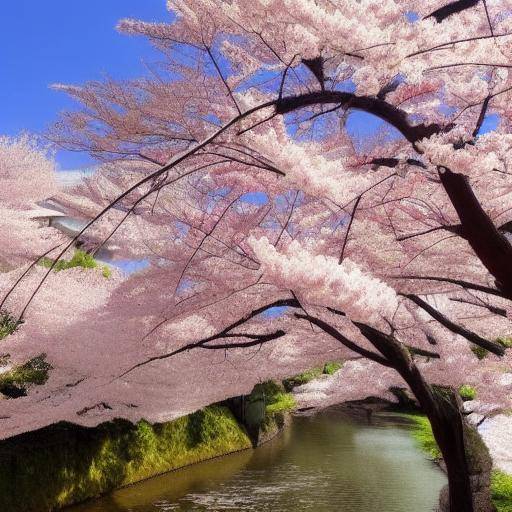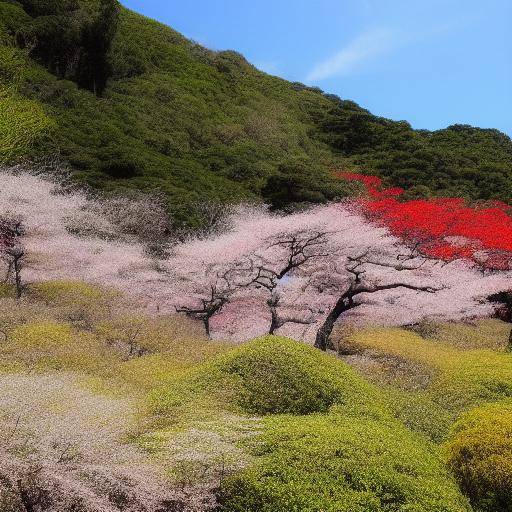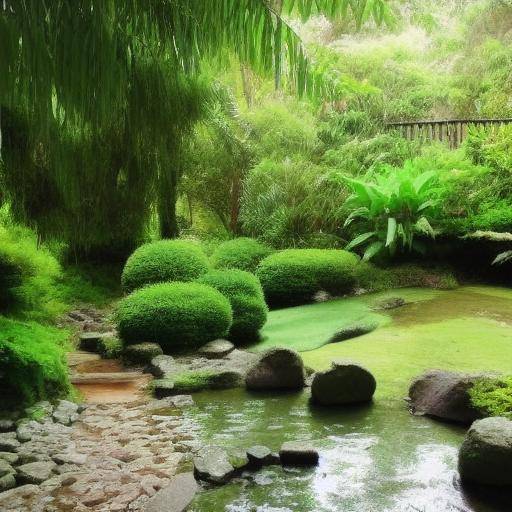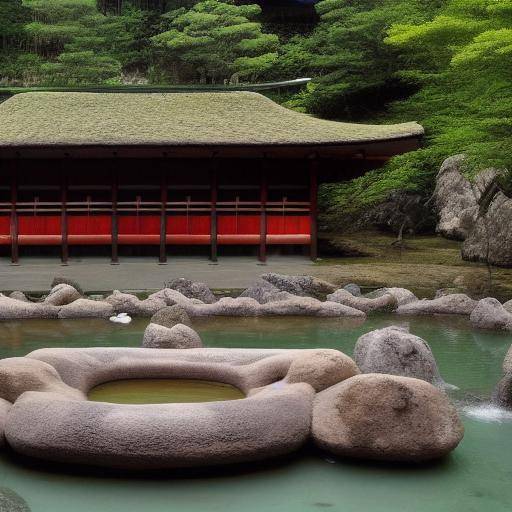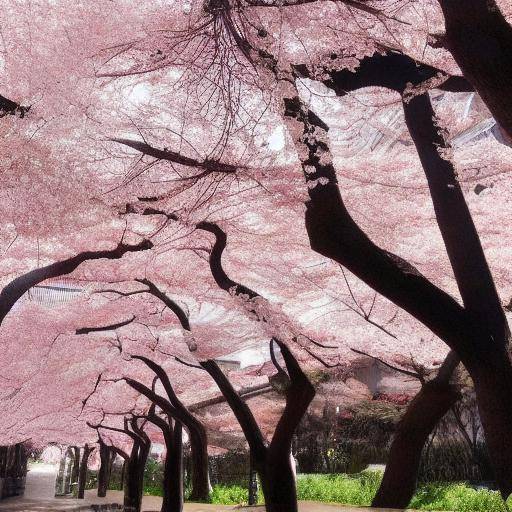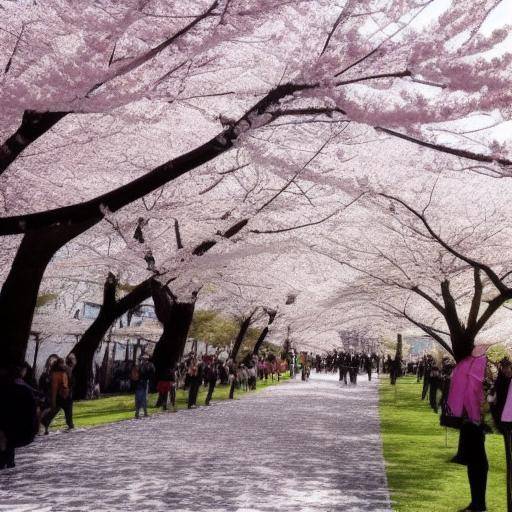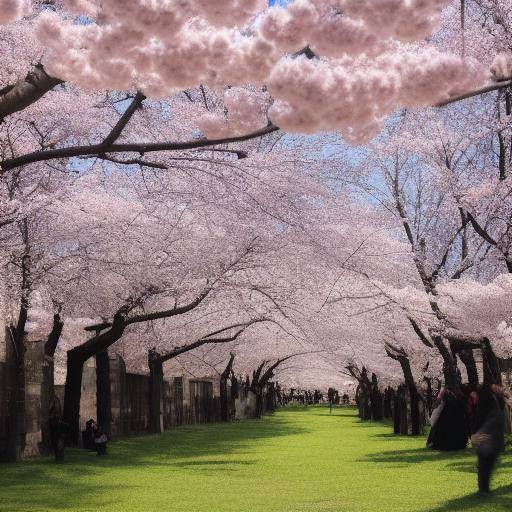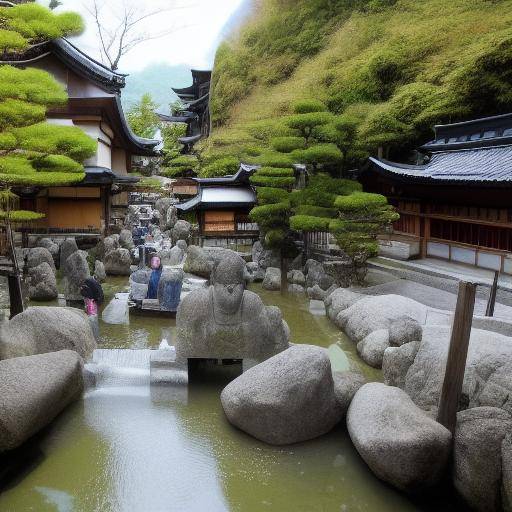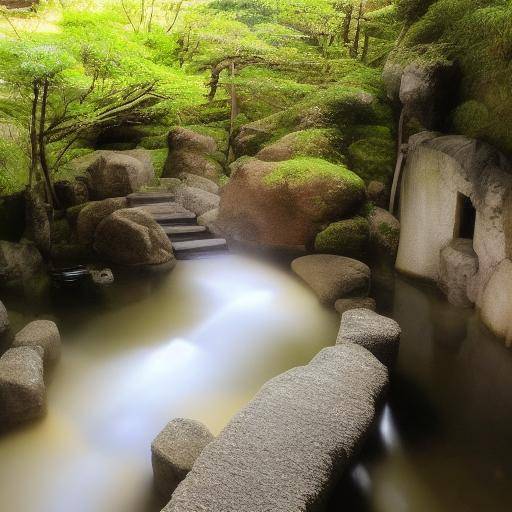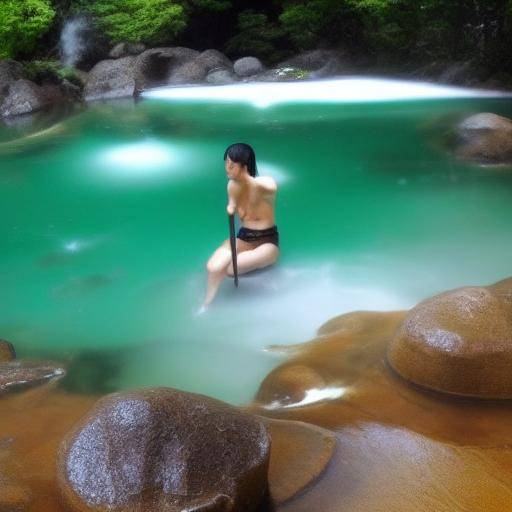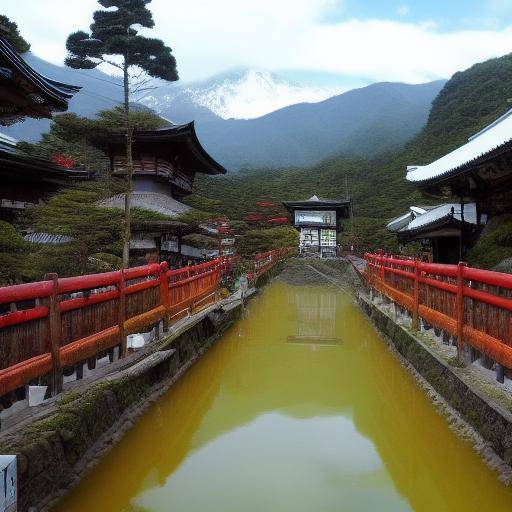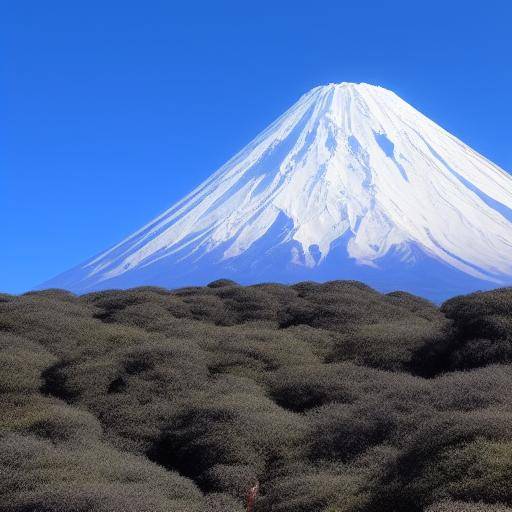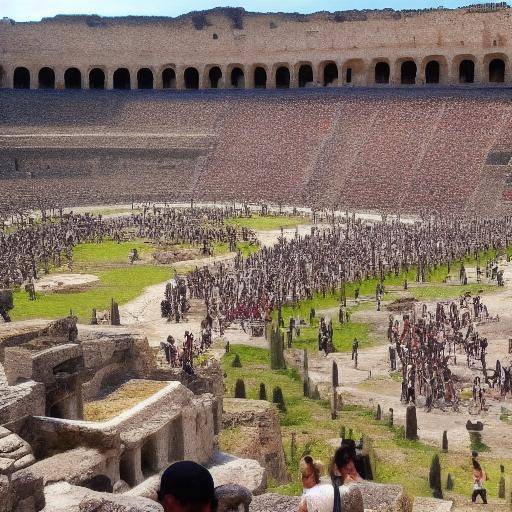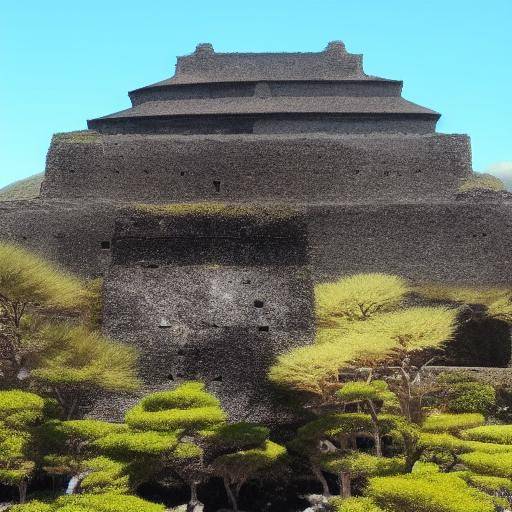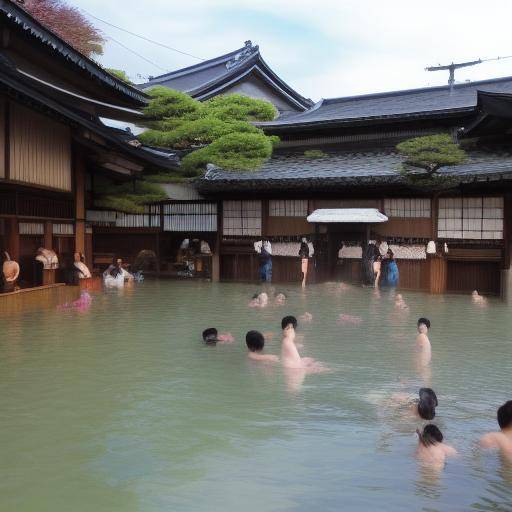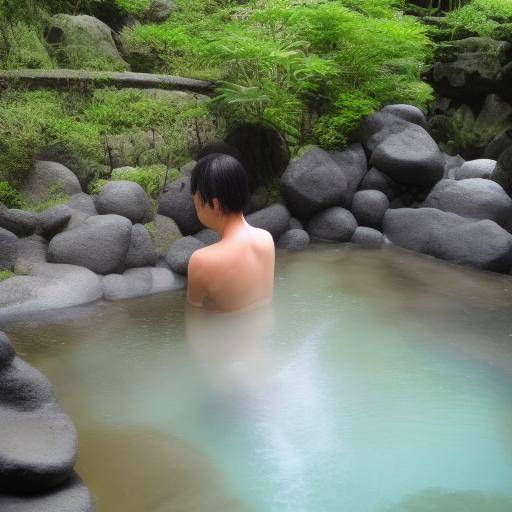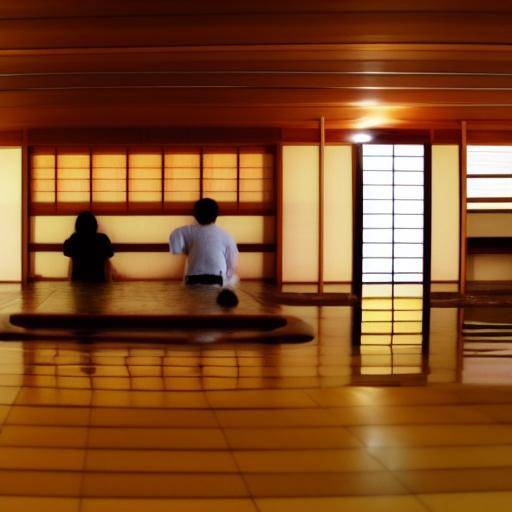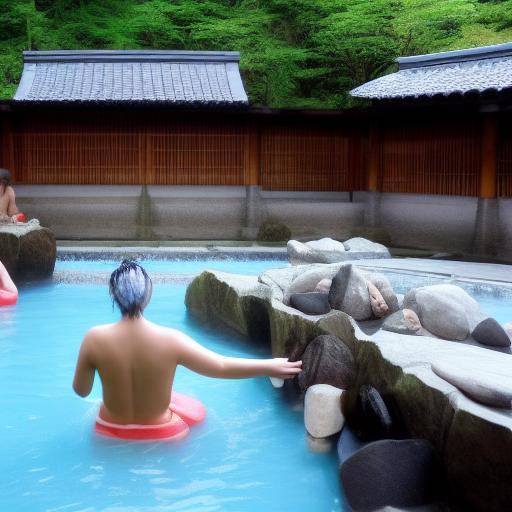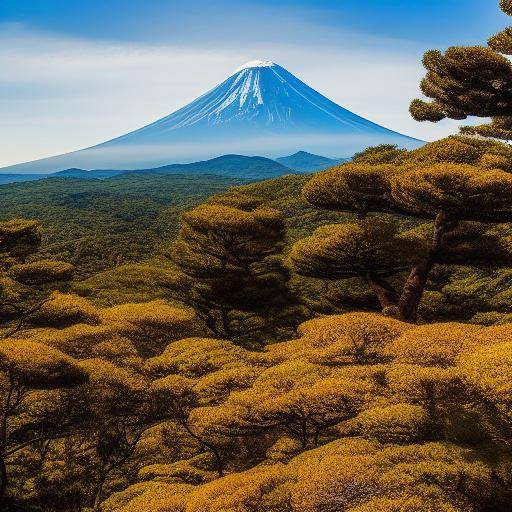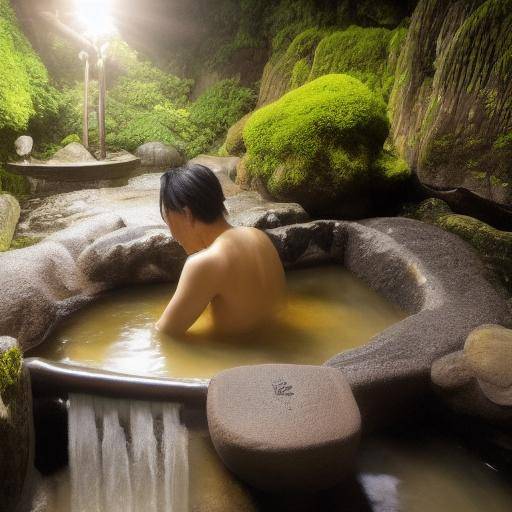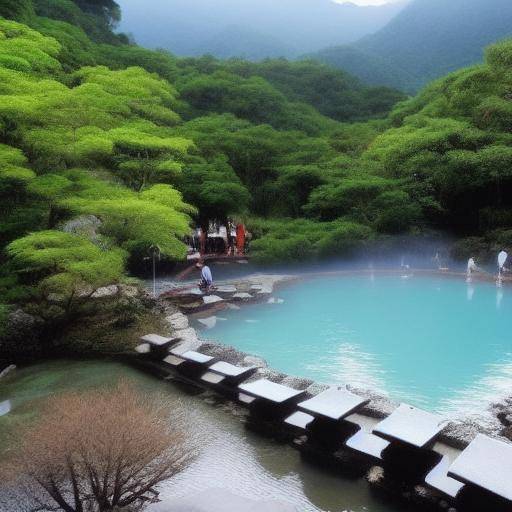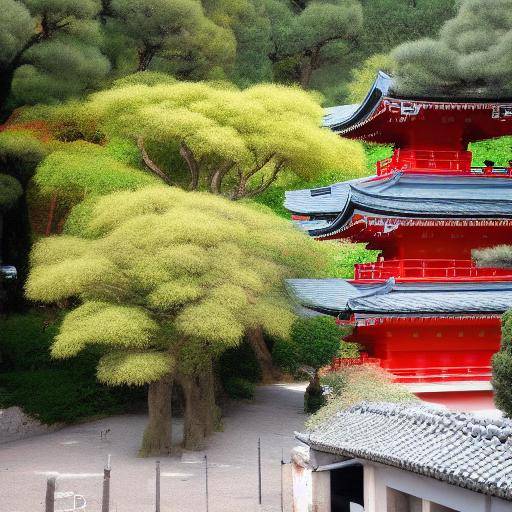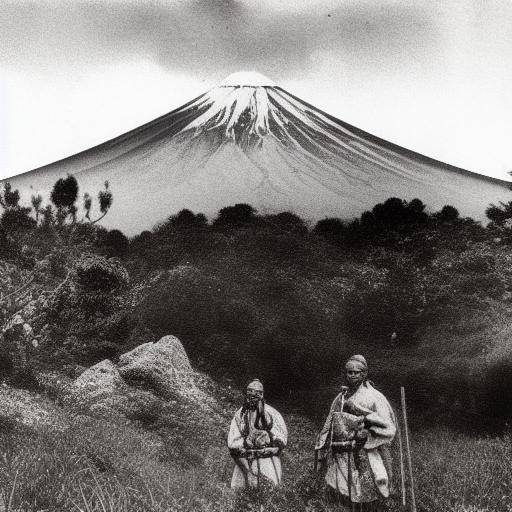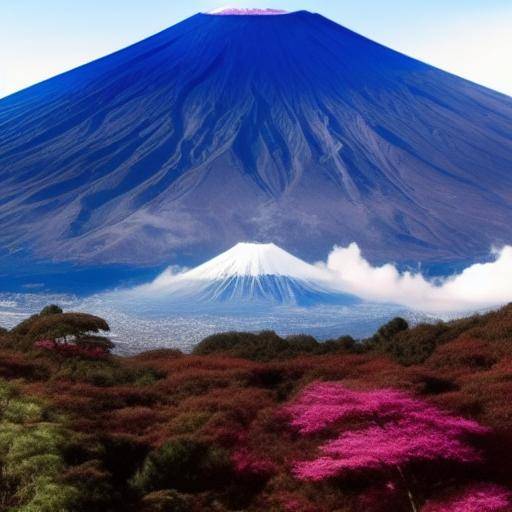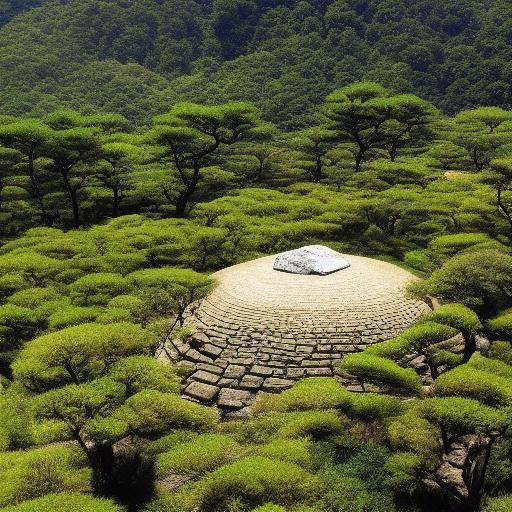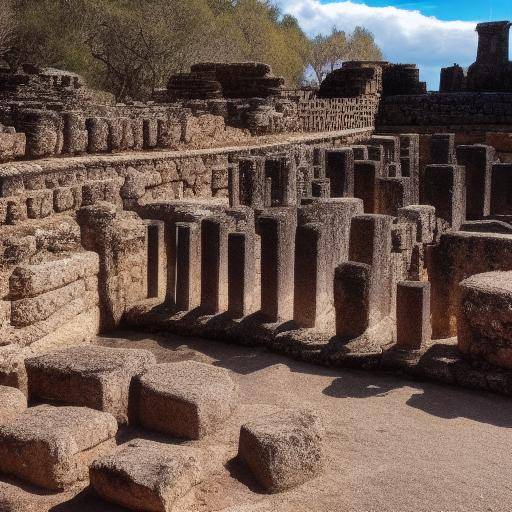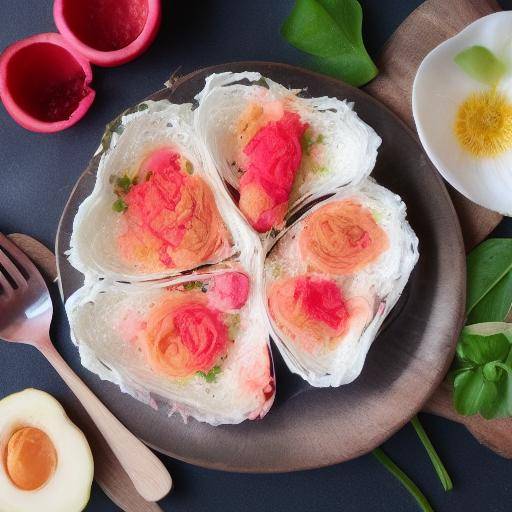
Spring in Kyoto is an amazing show that captivates the senses and the soul. The city dresses in pink and white with the arrival of the cherry trees in flower, a natural phenomenon known as "sakura". If you are planning to visit Kyoto during this wonderful season, you have come to the right place. In this complete guide, we will take you to a journey through the charms of Kyoto in spring, we will tell you all about the blossoms and explore the exquisite beauty that Japan offers during this period.
Introduction
The beauty of Kyoto in spring is an invaluable treasure that attracts visitors from around the world. The cherry trees in flower, with their delicate and ephemeral flowers, transform the parks, streets and temples of the former Japanese capital into a dream show. In addition, this time of year hosts numerous celebrations and celebrations that make spring in Kyoto an unforgettable experience.
History and Background
Origins of the Celebration
The tradition of observing the cherry trees in flower, or "hanami", has deep roots in Japanese history and culture. This practice has its origins in the Heian period (794-1185) when the aristocracy organized luxurious banquets under the blossoms as a way to admire its beauty and celebrate the arrival of spring.
Significado Histórico
For centuries, the blossoms have been venerated in Japan as symbols of fleetingness and ephemeral beauty of life. This symbolism has left an indelible mark on Japanese art, literature and culture, making cherry blossoms a national icon of profound emotional significance.
Evolution of the celebration
Over time, the practice of hanami spread to all the layers of society, becoming a deeply entrenched tradition that brings together families, friends and nature lovers to celebrate the spring and the passing beauty of the cherry trees in flower.
Deep analysis
Ephemeral Beauty and Renewable Spirit
The observation of the cherry trees in flower represents an opportunity to reflect on the transientness of life and the importance of appreciating the fleeting moments of beauty and joy. This unique experience offers a pause in everyday life and a connection with nature that renews the spirit.
Challenges and Preparations
The popularity of the hanami presents logistical challenges, such as managing large crowds in parks and public spaces. Local residents and authorities prepare in advance to ensure that visitors enjoy a safe and pleasant experience.
Current trends
Currently, the observation of the flowering cherry trees goes beyond the traditional hanami, with special events, evening illuminations and cultural activities that complement this celebration, offering visitors a contemporary view of Japanese beauty and tradition.
Comprehensive review
Practices and Best Practices
Travelers can make the most of the season of flowering cherry trees by participating in cultural events, participating in outdoor tea ceremonies and discovering the beauty of Japanese traditional gardens.
Outlook of Experts
Japanese culture experts recommend exploring the different districts of Kyoto, such as Higashiyama, Arashiyama and Philosopher's Walk, where natural beauty merges with historical architecture and local traditions.
Comparative
Compared to other Japanese cities, Kyoto offers a unique experience during the flowering season due to its impressive number of temples, shrines and gardens that serve as a backdrop for the blossoming of the cherry trees.
Practical Tips and Accionable Recommendations
- Plan ahead: The season of flowering cherry trees attracts large crowds, so it is crucial to book accommodation and activities in time.
- Explore less well-known places: If you are looking to avoid crowds, consider visiting less popular temples and parks, where you can enjoy the beauty of the cherry trees in a quieter setting.
- Participates in local festivals: Spring festivals offer an authentic view of Japanese culture, with parades, traditional dances and regional food stalls.
Industry Perspectives and Expert Reviews
Reflections of Local Experts
"The season of cherry blossoms is a special moment in Kyoto, when the city becomes a sea of flowers. Visitors can experience the harmony between nature and Japanese culture in a unique and moving way. "
- Hiroko Yamamoto, History of Japanese Art and Culture
Look at the Future
The trend towards the celebration of nature and tradition continues to boom, with a growing focus on the preservation of natural spaces and the promotion of sustainable practices during the hanami and spring holidays.
Case Studies and Practical Applications
Lighting of Cherries in Flower
The evening illuminations of the cherry trees in flower offer a completely new perspective, transforming the dayscapes into dreamy nightscapes that captivate the spectators.
Community participation
The residents of Kyoto are actively involved in the preparation and organization of events during the flowering season of the cherry trees, demonstrating a deep sense of community and hospitality towards visitors.
Future Trends and Predictions
Innovation in Hanami Experiences
Digital experiences, such as virtual tours and live broadcasts, are expected to complement the traditional celebrations of the hanami, providing opportunities for global audiences to join the beauty of flowering cherry trees.
Sustainability and Conservation
The focus on sustainable practices during spring holidays is strengthened, with local initiatives that promote the preservation of natural spaces and environmental awareness among visitors.
Conclusions
The spring in Kyoto, with its dazzling display of flowered cherry trees, is an experience that goes beyond the mere observation of nature. It is a reminder of the ephemeral beauty of life and a celebration of harmony between humanity and nature. Discovering the magic of cherry blossoms in Kyoto is a unique and unforgettable experience that allows visitors to connect with the very essence of Japanese culture.
Frequently asked questions
When is the best time to see the cherry blossoms in Kyoto?
The season of flower cherry trees in Kyoto usually starts at the end of March and reaches its peak in early April, but the exact dates vary according to weather conditions.
What are the most recommended places to see the cherry blossoms in Kyoto?
Some of the most popular places include the Maruyama Park, the Philosopher's Way, the Kiyomizu-dera Temple and the Arashiyama Bamboo Forest.
How is hanami celebrated in Kyoto?
In addition to the simple observation of the cherry trees in flower, festivals are held, special events are organized in parks and temples, and night illuminations are made to highlight the beauty of the cherry trees in flower.
Does the observation of the flowering cherry trees require some kind of cost?
Mostly, the observation of the flowering cherry trees in the parks and public spaces is free. However, some special activities, such as nightlights, may have a cost of entry.
What other activities can I do during the flower cherry season in Kyoto?
In addition to the observation of the cherry trees in bloom, during the spring in Kyoto you can participate in local festivals, visit the beautiful gardens and temples, enjoy the exquisite spring gastronomy and explore the rich history and culture of the city.
How can I avoid the crowds during the season of flowering cherry trees in Kyoto?
If you want to enjoy the beauty of the cherry trees in a quieter setting, consider visiting less crowded places, such as temples and shrines farther away from the city center, or make your visit early in the morning or at the end of the day.
This guide to enjoy the blossoms in Kyoto offers a complete vision of the exquisite beauty and rich tradition surrounding this natural phenomenon in Japan. By exploring the fascinating history, current trends and practical recommendations, visitors will have all the necessary tools to fully appreciate the wonderful season of flower cherry trees in Kyoto. Get ready to experience an unforgettable experience in one of the most beautiful cities in the world during spring!

